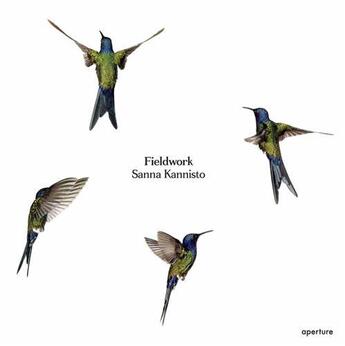-
Date de parution : 30/03/2011
-
Editeur :
Aperture
-
EAN : 9781597111522
-
Série :
(-)
-
Support :
Papier
Résumé:
Fieldwork, the first major monograph by Finnish rising star Sanna Kannisto, explores the dialectics of nature and culture in both artistic and scientific contexts. Since 1997, Kannisto has spent several months per year living alongside biologists in the rainforests of Latin America. Adopting... Voir plus
Fieldwork, the first major monograph by Finnish rising star Sanna Kannisto, explores the dialectics of nature and culture in both artistic and scientific contexts. Since 1997, Kannisto has spent several months per year living alongside biologists in the rainforests of Latin America. Adopting elements of her companions' scientific methods, she developed her own form of visual research, extending her depictions of flora and fauna beyond the confines of the natural sciences.
Breaking away from the conventions of nature photography, which typically presents specimens in isolation, devoid of context, Kannisto's work addresses the acts of staging and image-making. Her photographs, with their biologically correct titles, show not only the breathtaking beauty of her subjects, but also the tools used to achieve the would-be image at center-the black drapes, the difficult «neutral» lighting rig, the seamless white background. Signs of a scientifically standardized process-graph paper, rulers, test field markings-are also included, appearing strangely out of place amid the lush green foliage of the rainforest.
The core practice of the natural sciences is to collect in order to inspect closely in the service of public knowledge. Collecting implies taming and containment, traits shared to some extent by photography. With her gentle humor, Kannisto recognizes and utilizes the constraints of science and art alike, investigating the concept of truth in photography to challenge how we view and «know» the natural world.
Donner votre avis














